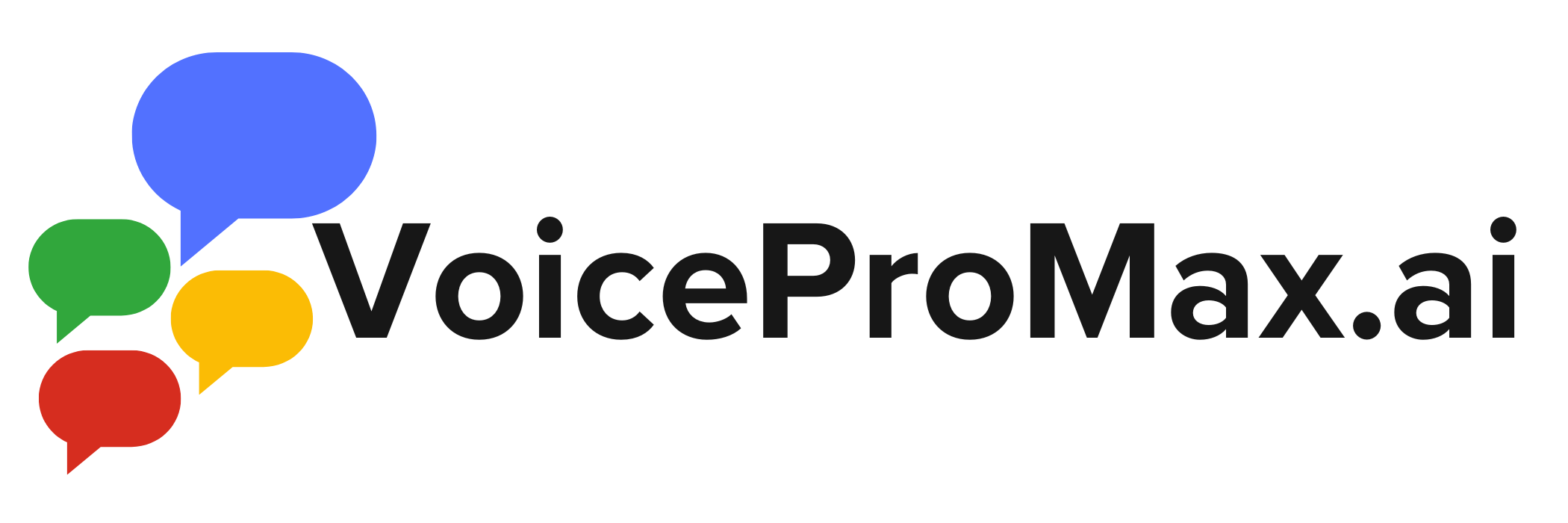Harnessing the Power of AI in Education: Empowering Students to Find Their Voice
In recent years, the education sector has witnessed a significant shift towards integrating artificial intelligence (AI) into the classroom. As AI continues to revolutionize various industries, educators are beginning to recognize its potential to transform the way students learn and express themselves. By harnessing the power of AI, schools are empowering pupils to find their voice and unlock their full potential.
The Need for AI Literacy and Integration
As AI becomes increasingly prevalent in our daily lives, it is crucial for students to develop a deep understanding of this technology. **AI literacy** goes beyond merely using AI tools; it involves comprehending how these tools function and their potential impact on the learning process. By incorporating AI literacy into the curriculum, schools are equipping students with the skills and knowledge necessary to navigate an AI-driven world.
However, the integration of AI in education must be approached responsibly. Educators must carefully consider the ethical implications and potential risks associated with AI, such as data privacy concerns and the possibility of perpetuating biases. By fostering open discussions and establishing clear guidelines, schools can ensure that AI is utilized in a manner that prioritizes student well-being and promotes equity.
Enhancing Writing Skills with AI Tools
One area where AI is making significant strides in education is in the realm of writing. Innovative educators, such as Adrian Antao, a high school English teacher, are developing AI tools to assist students in refining their writing skills. Antao collaborated with Playlab.ai to create Project Toni, an AI chatbot that serves as a teaching assistant and writing tutor. By providing personalized feedback and guidance, these AI tools empower students to improve their writing abilities and express themselves more effectively.
Balancing Benefits and Concerns
While the potential benefits of AI in education are vast, it is essential to acknowledge the concerns surrounding its influence on learning. Some educators worry that an overreliance on AI tools may hinder the development of critical thinking skills and creativity. Additionally, there are valid concerns about the potential for misuse, such as students using AI to generate essays without truly understanding the content.
To address these concerns, schools must strike a balance between leveraging the advantages of AI and fostering a learning environment that encourages independent thought and problem-solving. By implementing AI as a supplementary tool rather than a replacement for traditional teaching methods, educators can harness its power while still nurturing essential skills.
Shaping the Future of Education
The integration of AI in schools is not an isolated phenomenon; it is part of a broader conversation about the future of education. As technology continues to advance at an unprecedented pace, educators must adapt and explore innovative ways to enhance learning outcomes. By harnessing the power of AI, schools can provide students with personalized learning experiences, adaptive assessments, and real-time feedback, ultimately empowering them to succeed in an increasingly digital world.
Moreover, AI has the potential to bridge educational gaps and promote inclusivity. By leveraging AI-powered tools, schools can support students with diverse learning needs, including those with disabilities or language barriers. AI can also help identify and address individual learning challenges, ensuring that no student is left behind.
Finding Their Voice through AI
At the heart of harnessing AI in education is the goal of empowering students to find their voice. By providing them with the tools and knowledge to navigate the digital landscape, schools are equipping pupils with the confidence to express themselves in new and creative ways. Whether it’s through AI-assisted writing, virtual reality simulations, or personalized learning experiences, AI has the potential to unlock each student’s unique potential.
However, it is crucial to remember that AI is not a panacea for all educational challenges. While it can enhance and support learning, it cannot replace the human connection and guidance that teachers provide. By striking a balance between technology and human interaction, schools can create a learning environment that fosters creativity, critical thinking, and self-expression.
The Road Ahead
As we look towards the future of education, it is clear that AI will play an increasingly significant role. Schools that embrace this technology and integrate it responsibly will be at the forefront of educational innovation. By harnessing the power of AI, we can empower students to find their voice, unleash their potential, and thrive in a rapidly evolving world.
However, the journey towards AI integration in education is not without its challenges. It requires a collaborative effort from educators, policymakers, and technology experts to ensure that AI is implemented in a way that prioritizes student well-being and educational outcomes. By engaging in ongoing discussions, sharing best practices, and continuously evaluating the impact of AI, we can shape a future where technology enhances rather than replaces the human touch in education.
As we navigate this exciting new frontier, let us embrace the possibilities that AI brings while remaining committed to the fundamental principles of education: fostering curiosity, nurturing creativity, and empowering students to find their unique voice in an increasingly connected world.
#AIinEducation #FutureofLearning #EmpoweringStudents
-> Original article and inspiration provided by ReviewAgent.ai Robbie Meredith & Lili Busby – BBC News NI
-> Connect with one of our AI Strategists today at ReviewAgent.ai

